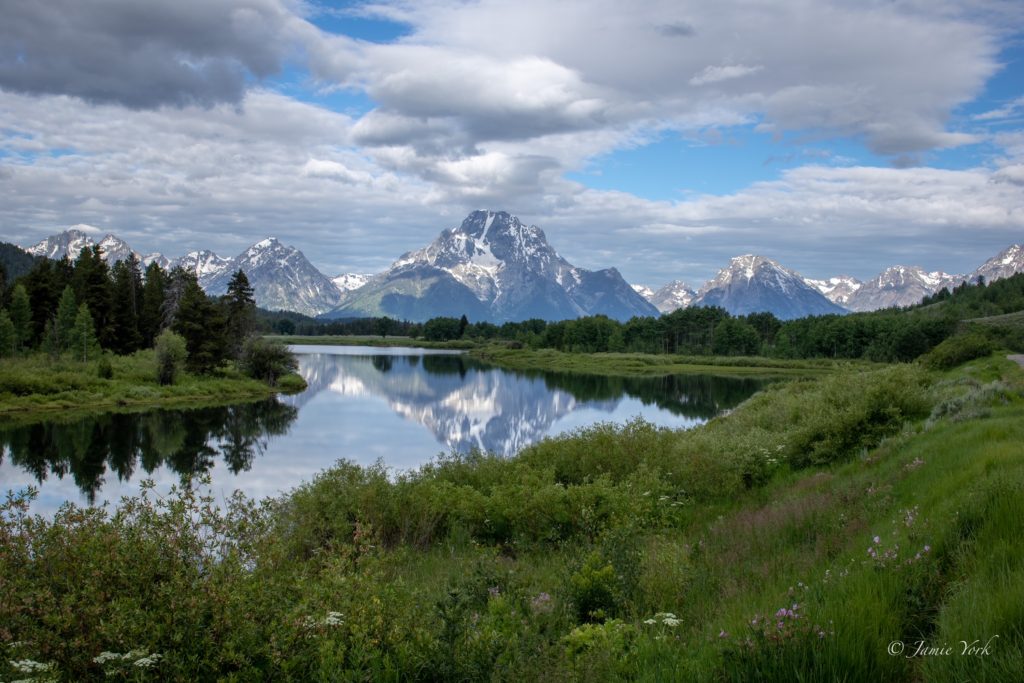
If you’ve never been out to Yellowstone and Grand Teton, let me help you start planning your trip! These are bucket list places that you have to see firsthand.
Established in 1872, Yellowstone became America’s First National Park. As soon as you see it, you understand why our forefathers felt this part of the world needed to be protected.
This sprawling landscape covers 3500 miles (2.2 million acres!!) between Wyoming, Idaho, and Montana. It’s home to a variety of species including grizzly bears, moose, elk, wolves, and so many more.
Over half of the world’s hydrothermal features are in Yellowstone, making it a primary location for researchers from around the world.
Aside from all of that, there simply aren’t words for the grandeur and beauty of this landscape. I’ve always said you could hold your camera up in any direction and take a photo that could go on a postcard. Every corner of these parks is absolutely breathtaking.
Because I want you to put Yellowstone and Grand Teton on your list of places to see, I’d like to give you some tips and insight from my own experiences.
Because the area is so massive, you could take a million different trips and never have the same experience twice. So keep that in mind. These are some things I’ve learned, and I hope you take this advice and use it to make your own adventures and capture your own memories.
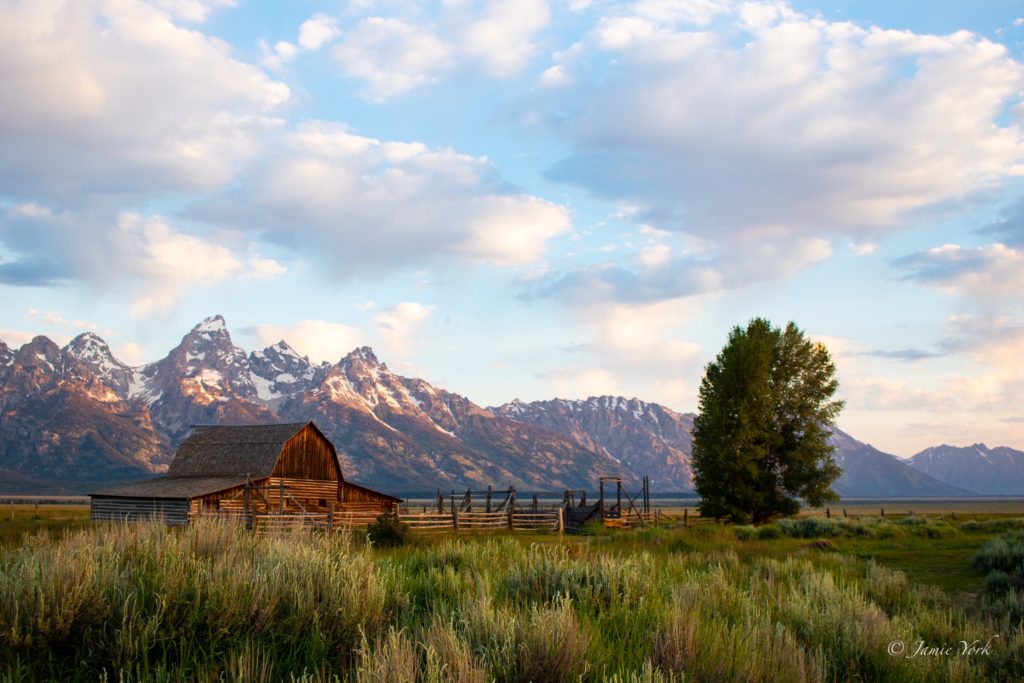
Time of Year & Weather
The photo above was taken on a trip to Grand Teton around the 4th of July. If you saw the post and photos from our May wedding in the same area, you’ll notice how late in the year the winter holds onto this region.
This is something to consider when you’re planning your trip. On my May trip I saw a decent number of animals, but nothing like going in July once everything has come out of hibernation and recovered from the snow.
For your first trip especially, I would personally recommend going in the summer months to maximize the wildlife you’ll get to see, not to mention the vibrant colors.
That being said, I’ve heard that visiting Yellowstone and Grand Teton in the winter (there are plenty of ski resorts and winter activities) is magical in a completely different way.
Imagine seeing an expanse of white dotted with brown, snow-covered bison. Or watching foxes dive into the snow after rodents. So, decide what sounds more exciting to you and plan your timing accordingly. Check out more seasonal highlights here.
Whenever you go, no matter the season, the weather can be volatile. Even in the summer months, packing rain gear and lightweight long-sleeved tops or jackets may come in handy.
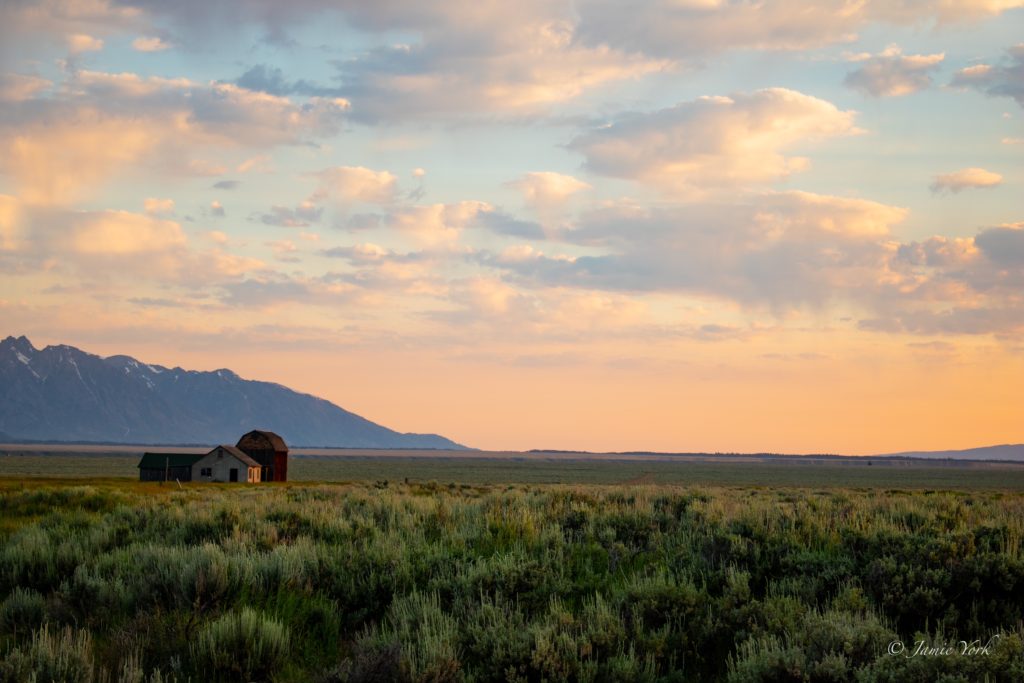
Where to Stay
On my trips to Wyoming, I’ve stayed in Jackson Hole each time and definitely recommend it.
However, know that to drive from JH all the way up into Yellowstone and back can be 12+ hour days in the car (considering stops for photos, eating, etc.).
If Yellowstone is your biggest priority, you might want to consider staying in the northern end of Grand Teton or even in Idaho to maximize time in the park without having to drive all the way to and from JH each day.
Obviously, making JH your base camp is totally doable, I just want to stress the time and distance that may mean to see all of Yellowstone.
The NPS does a great job of listing amenities in each area of the parks. So be sure to check out their website as you start your trip planning to help you with logistics.
Another option, and one that will save you some money, is to consider camping for a few days. I once stayed in THIS campground near the Grand Teton-Yellowstone border. This made access to both parks really easy and cut commute time way down.
Obviously, camping requires a bit more planning and packing, but it’s a great way to experience the parks a little more intimately. Plus, a few nights at a campground and then some reprieve in Jackson Hole is not a bad way to go.
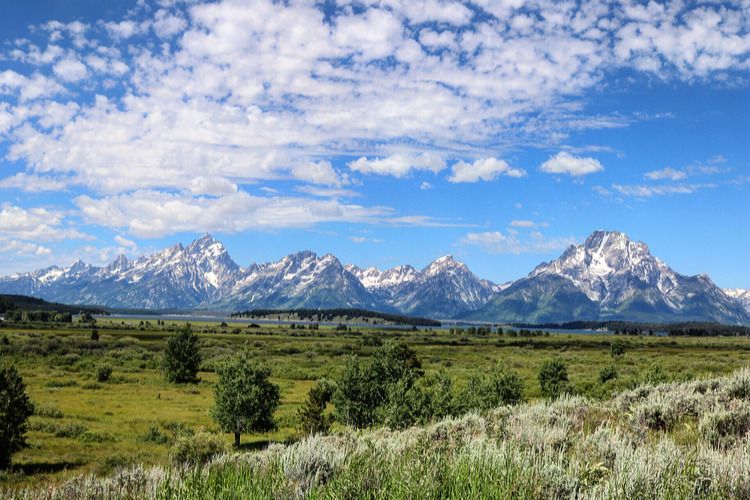
Preparing to Go into the Park
Once you’ve made it to the area, you’ll definitely want to rent a car. Jackson Hole itself is very pedestrian-friendly and there are plenty of tour buses to hop on, but having a car to take into the parks to explore at your leisure is really a must.
On our last trip, we rented a Toyota 4-Runner and I really enjoyed it. I don’t know that you need a car of that size unless you are camping or have a lot of luggage, but the ruggedness seemed to add to the experience. The height of the vehicle was nice for sightseeing as well.
Before you head into the park, be sure to stop by the store and buy a cooler and snacks.
I’m gonna sound like a broken record, but the park is so big that sometimes the distance between pit stops is quite long. Having water and snacks on hand is a must.
However, always be aware of food protocols in regards to bears and other wildlife. It protects both you and them. Read more about that here.
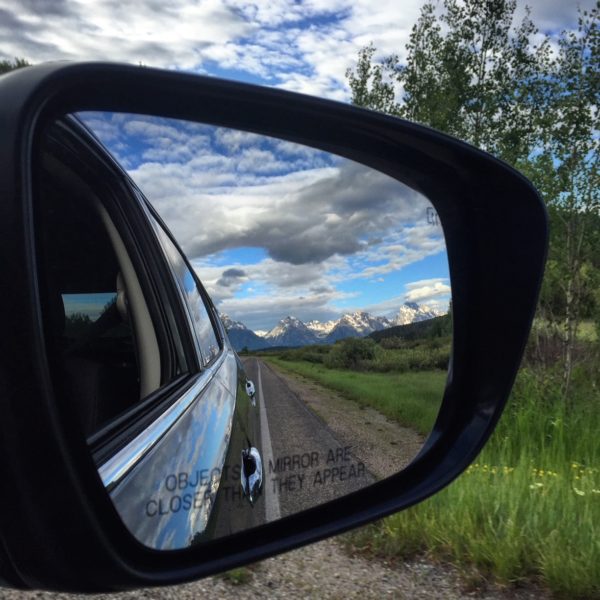
Get a Game Plan
Before heading out for the day, you’ll want to get a game plan for what all you want to accomplish.
Unfortunately, It’s easy to spend a lot of time in the car because the parks are so big and the natural tendency is to want to see it all.
If you can, try to look ahead and decide where you want to dedicate the most time. If you want to spend a lot of time hiking, you may not be able to see the whole driving route and vice versa.
Decide what your priorities are and go! Nothing says you can’t do a little of it all. Just know you may need to spend a little longer in the area 🙂
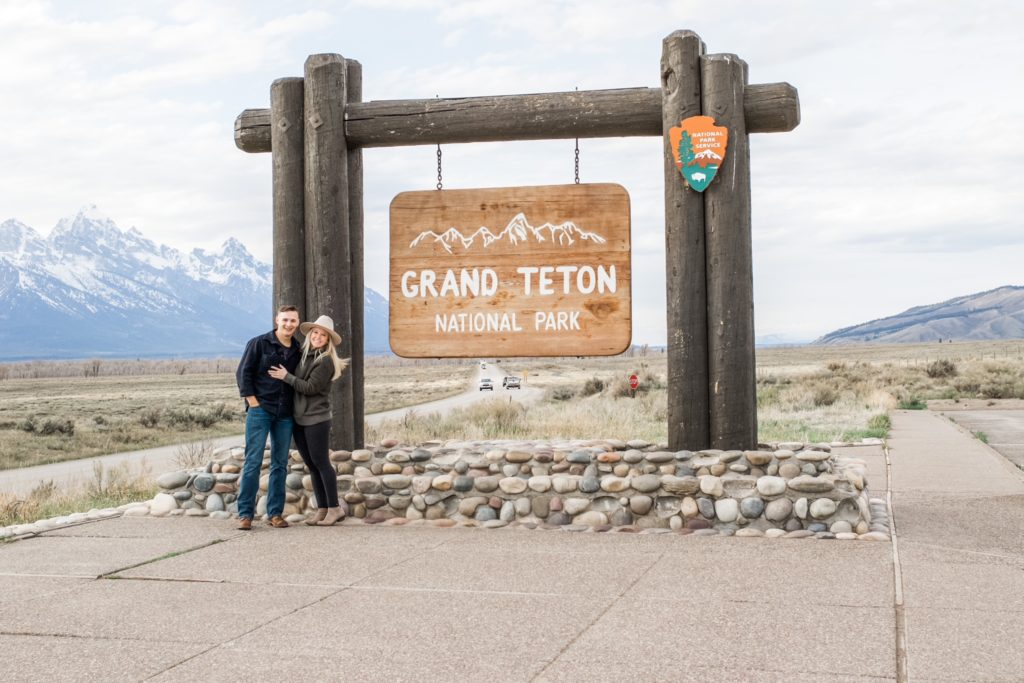
Grand Teton
Grand Teton is known for its absolutely breathtaking views and superb hiking. There are trails available for all levels of experience and even mountaineering expeditions for those who want to take it to the next level.
You’ll also have opportunities to see a variety of wildlife here. From pronghorn to grizzlies, a drive through the park never disappoints.
I’m not listing all of the activities here, but know there are also opportunities for things like photography tours and horseback riding. Just do a little research before you head out and see what piques your interest!
Multi-Use Trail
The multi-use trail is really a cool perk of the park because it spans from Jackson Hole up to the Jenny Lake area and makes for a beautiful tour of the valley at the base of the mountains.
It’s designed to be used for biking, rollerblading, walking, and running. So you can take a leisurely stroll or make it a workout.
There are some things to know before hopping on the trail, so make sure you check out the full info page here.
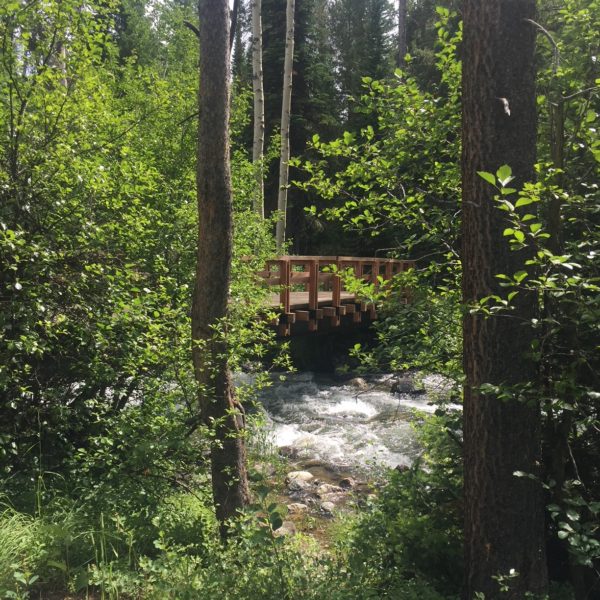
Lawrence S. Rockefeller Preserve
In my humble opinion, the Lawrence S. Rockefeller preserve is an often unsung hero of this area. I say that because I just happened upon it after seeing a sign, not because anyone had ever mentioned it to me before.
Granted, it is easy to get overlooked when you’re a small little preserve on the edge of two of the country’s most spectacular parks. However, take my advice and go see this hidden gem.
My first trip to the preserve was in July of the year and it was very busy. An attendant was managing the parking lot and only allowing cars to park when designated parking spaces were available, rather than along the roadside or other unmarked areas.
I didn’t think much about that until we began our hike around the preserve and realized that we weren’t seeing many (if any) other hikers.
The preserve had used the parking lot as a method for crowd control so that sight-seers could enjoy the preserve with low traffic.
This is unlike the unregulated and often crowed hikes you’ll find in the Tetons.
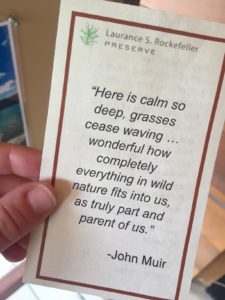
Another special feature is the preserve’s library.
Inside you’ll find endless volumes of National Geographics, wilderness guide books, species identification books, and the list goes on and on.
They also feature a room with nothing but a sound wall where patrons can listen to the sounds of nature.
The wall is not decorated but is situated in front of a bench and continuously plays birds calling, water flowing, and insects buzzing. The minimal aesthetic allows visitors to listen without any other stimuli, allowing the auditory experience to really stand out.
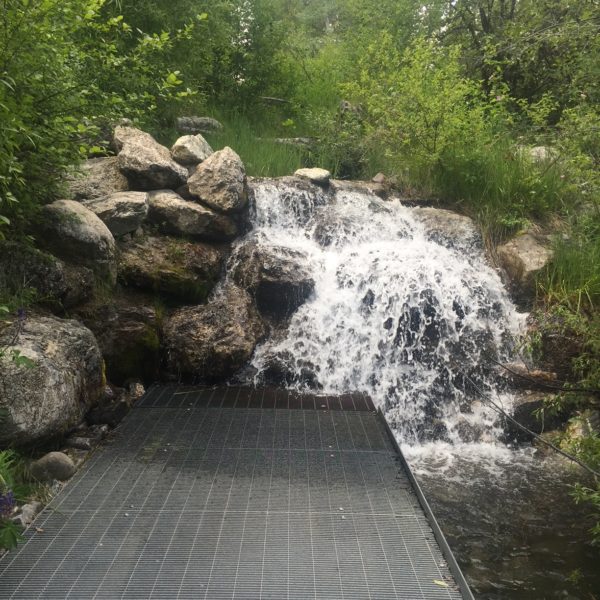
Needless to say, immersion of the senses is a goal of the preserve. I got the impression that the creators want visitors to experience nature by savoring every sound, smell, sight, and texture.
To achieve this, the loop is punctuated with modern wooden benches alongside flowing streams. Metal grates make walking into flowing water and small waterfalls easy and accessible.
Again, the creators make every part of nature tangible and it was one of the purest experiences I’ve ever had in a park or preserved area.
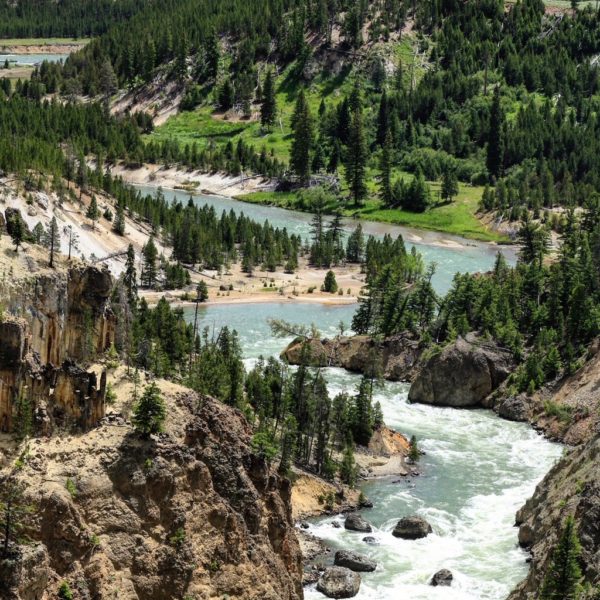
Navigating Yellowstone
Park Map
The road through Yellowstone makes a rough figure 8 pattern, making getting from one side of the park to the other relatively easy.
However, on my most recent trip last year, part of the upper eastern loop was closed for construction. This added a very long detour to get up and around to the corner of the park that we wanted to see, not to mention the time it added to our drive back to JH.
It’s a good idea to check park news to see if anything is going to be closed during your visit so that you can plan ahead and not add an extra, unforeseen 8 hours to your commute. Check current conditions here.
In addition to the park map above, the national park service offers a free interactive app that can help you navigate your visit.
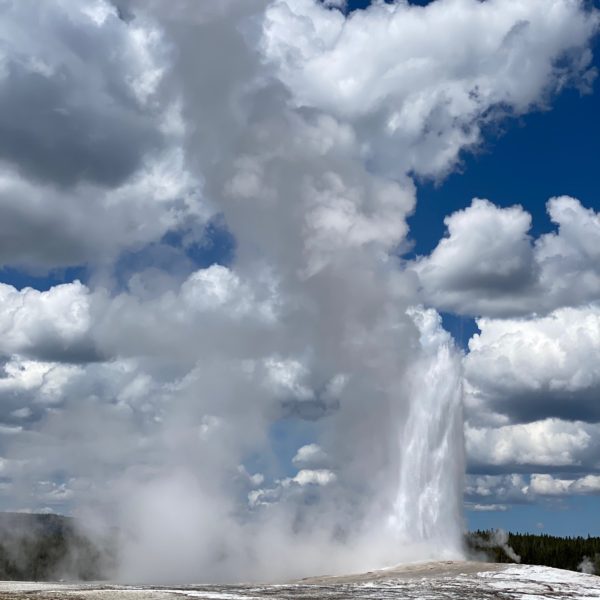
The West: Old Faithful & Hydrothermal Features
Although the NPS goes into a lot more detail (of course) regarding each region of the park, I always divide the park in my mind into east and west.
Entering Yellowstone from the south, the west side of the park is going to have most of the hydrothermal features of the park.
This is where you’ll see Old Faithful, the Grand Prismatic Spring, and more.
Even if hydrothermal features or geology isn’t your thing, this area is something that you’ll at least want to drive by and see.
These features extend all the way up to the north at Mammoth Springs. Also, understand that the eastern region of the park also will have some hydrothermal activity, but the majority tends to lie to the west.
Also, it has been my experience that I haven’t seen as much wildlife on this side of the park as on the eastern side.
Not to say you won’t see any, because you will, but the eastern, greener region seems to have a larger number and variety that you are more likely to come across.
The NPS has a generalized listing of where you can see various wildlife that you can check out here.
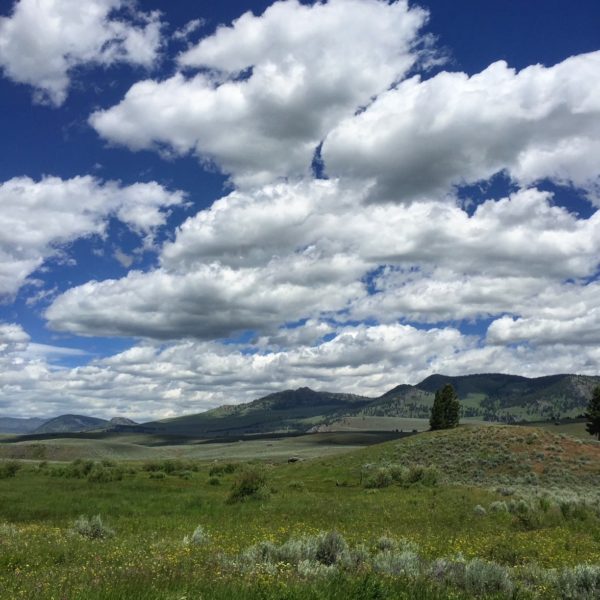
The East
The eastern side of the park has always been my favorite. The open, rolling landscape is unlike anything I’ve ever seen.
The sky is so big that it will take your breath. It’s a long drive from JH to get up into these valleys, but it’s so worth it.
Like I said before, this is where I’ve seen the most variety of wildlife. Bison, grizzlies, black bear, elk, moose, wolves, big-horn sheep, mountain goats, bald eagles, and more can be found here.
This part of the park also has some really incredible landscape features that you won’t want to miss such as the Grand Canyon of the Yellowstone, Hayden Valley, Tower Fall, and Lamar Valley.
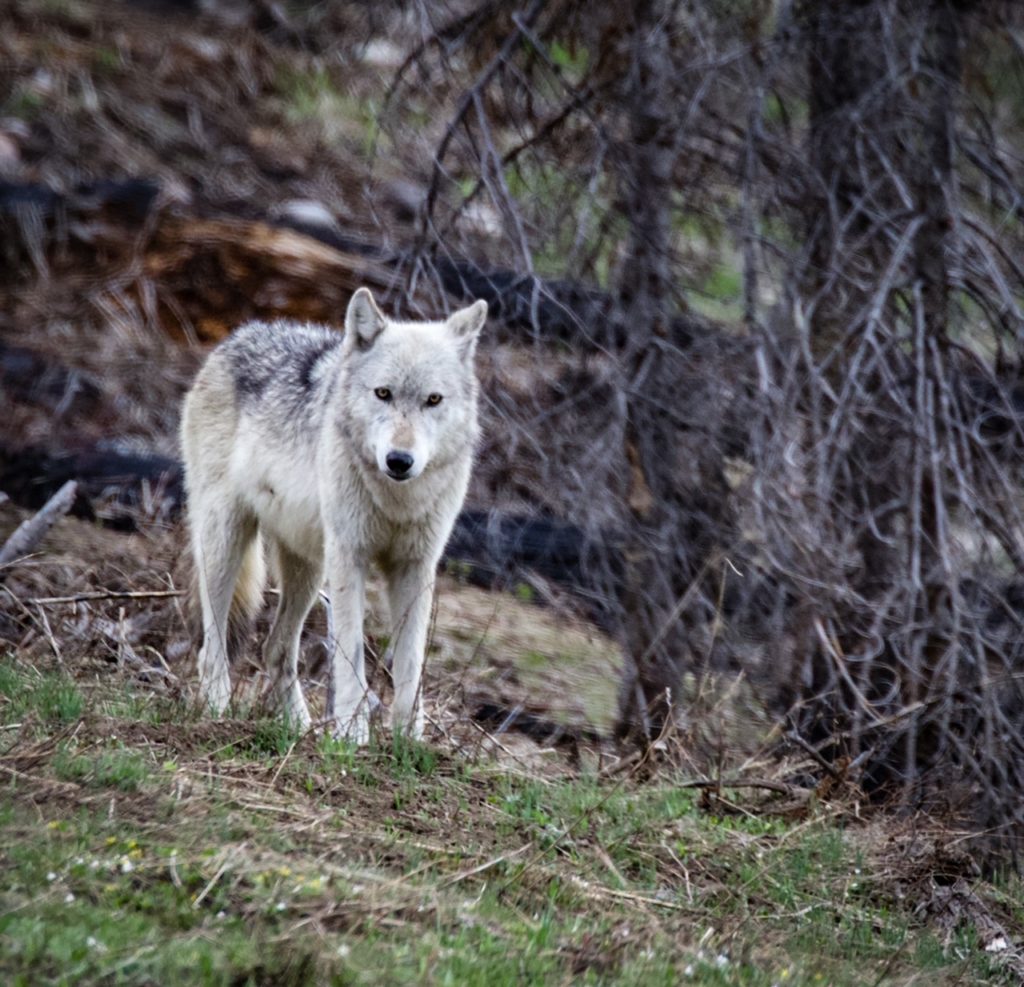
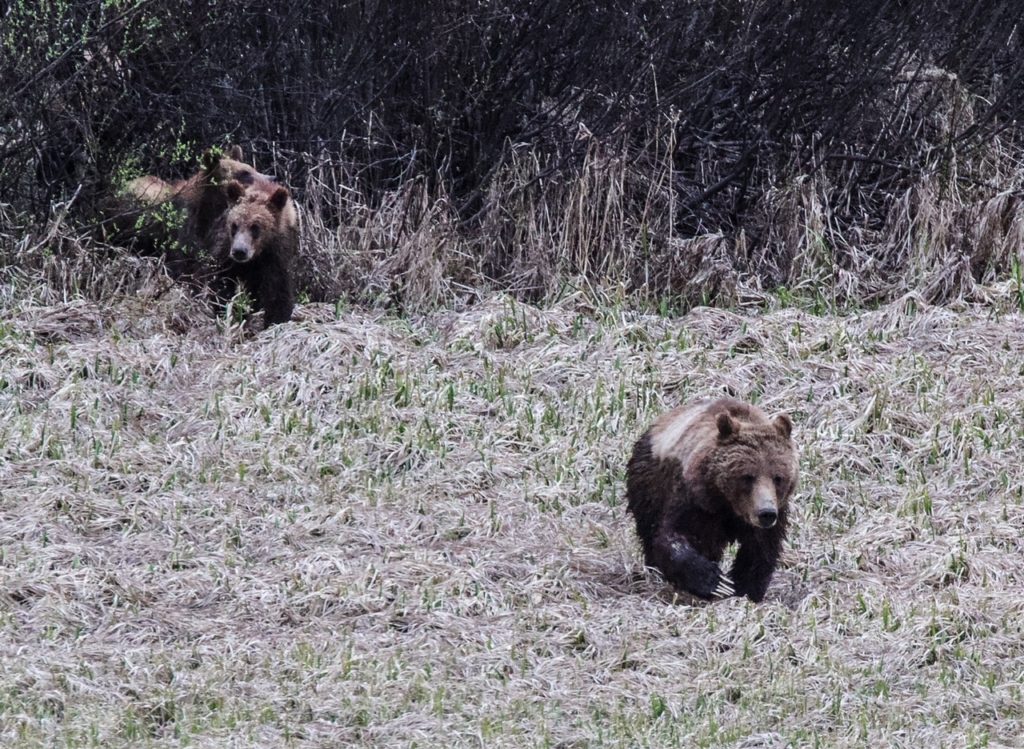
Staying Safe
Lastly, I do want to mention a few tips regarding safety.
If I haven’t said it enough, I’ll say it again, the land area these parks make up is massive. Always travel with someone and tell friends or family where you’ll be.
Wildlife is dangerous. When viewing wildlife, keep a distance of 100 yards between you and wolves or bears. Stay at least 25 yards away from all other wildlife.
Speaking of bears, this area has a lot of them (both black bears and grizzlies), so bear safety should not be taken lightly.
Hiking is safest in groups of 3 or more. Some people opt to carry bear spray, but avoiding a close encounter is ideal. Be sure to make noise as you walk/hike to not surprise a bear and always watch them from inside your car if you see them along the roadside.
Another part of wildlife safety around Yellowstone and Grand Teton is leaving no trace. Pack out whatever you pack in and leave the area better than you left it.
To best prepare for safe wildlife viewing, check out the NPS’s page here.
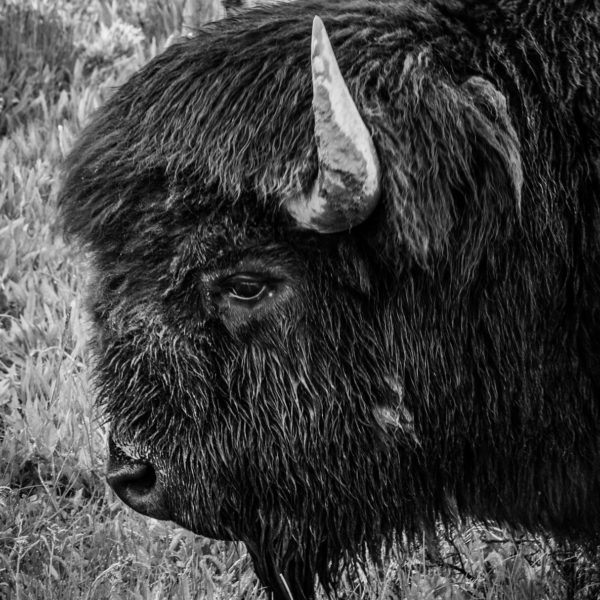
Start Packing!
I hope this quick guide is enough inspiration to get you thinking about your own visit to Yellowstone and Grand Teton.
In all of my travels, this area has come to be one of my absolute favorites and I have no doubt it will become one of yours as well 🙂
Photography by Jamie York
I wanted to make a quick note about the photos in this post. Unless otherwise specified, all photos used in my blog posts are my own. Some photos in this post are watermarked and others are not, and I did not want there to be any confusion 🙂
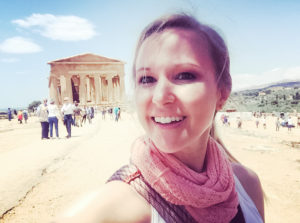
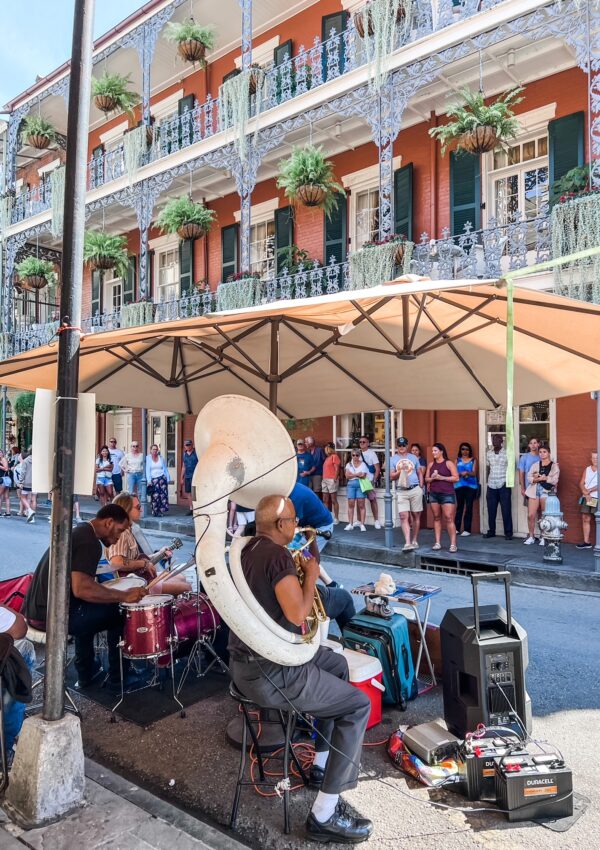
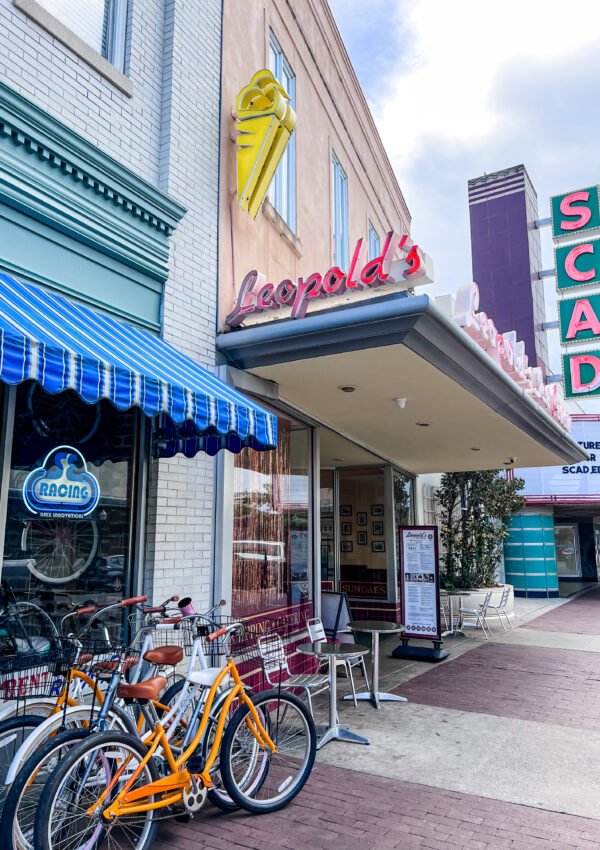
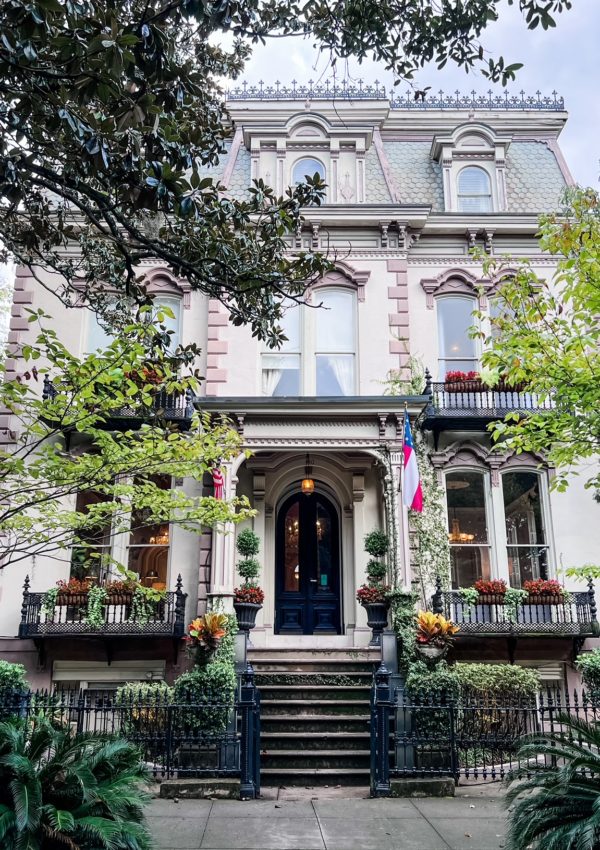
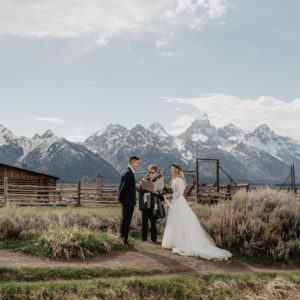
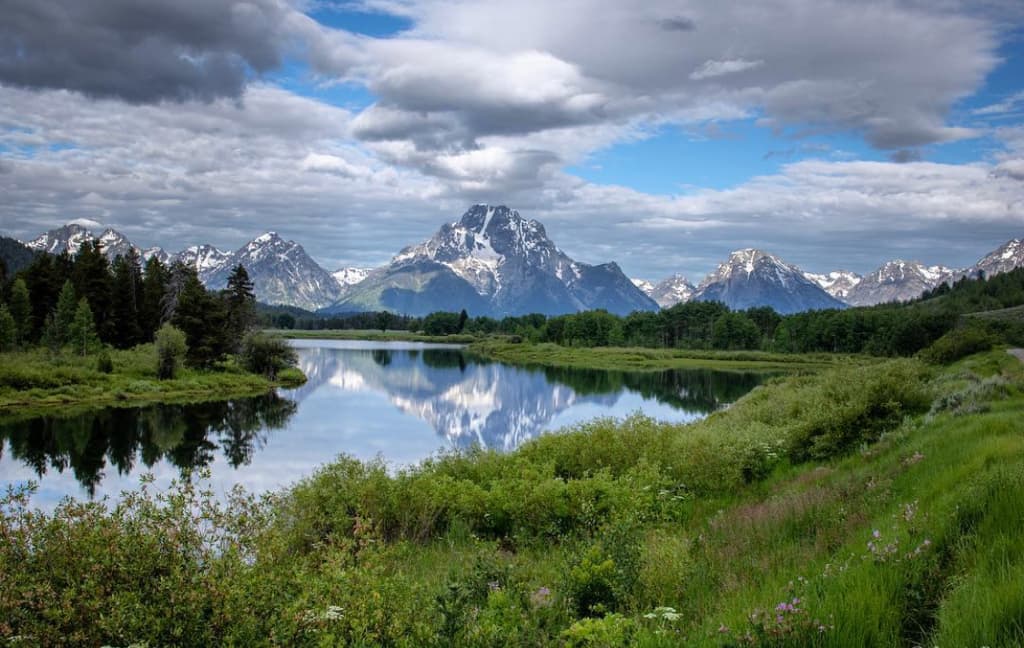
Your pictures are absolutely stunning!! I hope to get out west soon. Your information has already been given to my daughter who lives in Northern California. Safe travels! I love to watch your story unfold. I am so happy for you!!
Thank you so much Kristin!! I can’t tell you how much I appreciate your love and support!! Hope you’re doing well!